Preprints
October 3rd, 2020 | by
admin | published in
Highlights, Preprints, Research
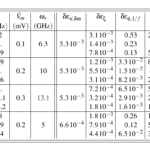
Modulated longitudinal gates on encoded spin-qubits via curvature couplings to a superconducting cavity Rusko Ruskov, Charles Tahan We propose entangling operations based on the energy curvature couplings of encoded spin qubits to a superconducting cavity, exploring the non-linear qubit response to a gate voltage variation. For a two-qubit (n-qubit) entangling gate we explore acquired geometric phases […]
October 2nd, 2019 | by
admin | published in
Highlights, Preprints, Quantum Computing, Research
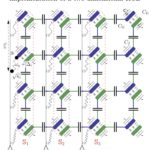
In a collaboration with MIT we develop a roadmap for exploring new physics in arrays of superconducting qubits.
January 31st, 2016 | by
admin | published in
News, Preprints, Quantum Computing
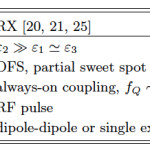
We introduce an always-on, exchange-only qubit made up of three localized semiconductor spins that offers a true “sweet spot” to fluctuations of the quantum dot energy levels. Both single- and two-qubit gate operations can be performed using only exchange pulses while maintaining this sweet spot. We show how to interconvert this qubit to other three-spin […]
July 28th, 2015 | by
admin | published in
News, Preprints
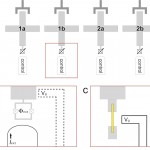
Superconducting circuits offer tremendous design flexibility in the quantum regime culminating most recently in the demonstration of few qubit systems supposedly approaching the threshold for fault-tolerant quantum information processing. Competition in the solid-state comes from semiconductor qubits, where nature has bestowed some almost magical and very useful properties which can be utilized for spin qubit […]
August 10th, 2014 | by
admin | published in
News, Preprints

How to build advanced superconducting quantum devices in silicon, germanium, or diamond!
September 2nd, 2013 | by
admin | published in
All, News, Preprints
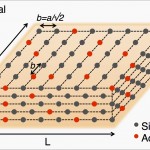
We propose superconducting devices made from precision hole-doped regions within a silicon (or germanium) single crystal. We analyze the properties of this superconducting semiconductor and show that practical superconducting wires, Josephson tunnel junctions or weak links, SQUIDs, and qubits are realizable. This work motivates the pursuit of bottom-up superconductivity for improved or fundamentally different technology and physics.
August 9th, 2013 | by
admin | published in
All, News, Preprints, Quantum Computing
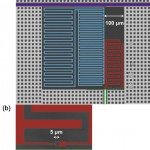
Two-tone spectroscopy of a superconducting transmon qubit in a cavity. We find evidence of strongly-coupled atomic physics in these man-made systems.
Superconducting qubits and circuits are a promising technology for a variety of applications, from exploration of physics to quantum information processing or particle detectors.
February 26th, 2013 | by
admin | published in
All, News, Preprints
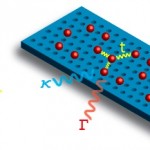
Arrays of coupled cavity quantum phonodynamical systems in silicon are considered. We study physical systems that can exhibit, e.g., Mott insulator states of phonons due to a strong phonon-phonon interaction (which is mediated by the impurity-cavity-phonon coupling). Our results indicate that quantum many-body phonon systems are achievable both in on-chip nanomechanical systems in silicon and […]
February 6th, 2013 | by
admin | published in
All, News, Preprints
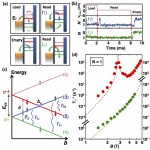
Whilst silicon is a promising material for quantum computation, the degeneracy of the conduction band minima (valleys) must be lifted with a splitting sufficient to ensure formation of well-defined and long-lived spin qubits. Here we demonstrate that valley separation can be accurately tuned via electrostatic gate control in a metal-oxide-semiconductor quantum dot, providing splittings spanning […]
January 25th, 2013 | by
admin | published in
All, Blog, Preprints, Quantum Computing

We review and expand on previous work that treats relaxation physics of low-lying excited states in ideal, single electron, silicon quantum dots in the context of quantum computing. These states are of three types: orbital, valley, and spin. The relaxation times depend sensitively on system parameters such as the dot size and the external magnetic […]







